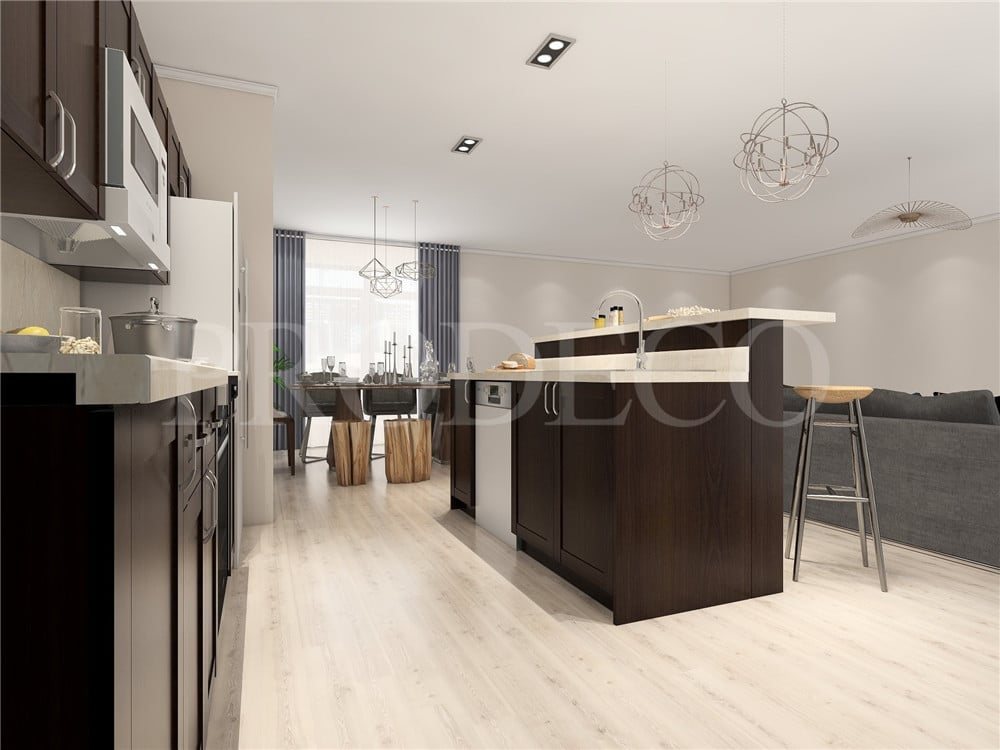Kitchen Cabinet Styles
The Kitchen Cabinet has often been described by critics as the kitchen stilts of American government. The Kitchen Cabinet, critics say, is an out-and-out symbol of American decadence. The origin of this term goes back to the first presidential administration, when Andrew Jackson was elected president. The Kitchen Cabinet, critics say, was an appropriate term to use by then-first presidential critics of the president of the United States Andrew Jackson to label the cabinet array of unofficial advisors that he consulted in parallel with the newly installed United States Cabinet.
Wood was used extensively to make the kitchen cabinets, and they were commonly constructed of pine, oak, cherry, walnut, hickory, or mahogany. While hickory and cherry are commonly referred to as hardwoods, teak and ash are also used but they are not technically true hardwoods. Some may argue that the distinction between a hardwood and a softwood is irrelevant in the case of kitchen cabinets; what is more important is the strength of construction of kitchen cabinets made of solid wood.
During the early years of kitchen cabinets, most cabinet manufacturers built their cabinets in a “flat-pack” fashion. That is, the individual pieces of wood were connected together in sheets and glued together in the desired arrangement. This methodology makes it easier for manufacturers to introduce new designs into the market since they do not have to be individually crafted. As time progressed, cabinet designs began to change from flat-pack to the more traditional lathe-and-nail construction method. The introduction of glue-and-glue technology made it far easier to attach individual parts of wood together.
Drawer technology also advanced during those years. In previous decades, cabinet manufacturers used a two-piece drawer system that consisted of a bottom drawer that latched directly into the front of a stationary board. These two-piece units were attached to the front of the cabinet with dowels and were made of two-by-fours, three-by-fours and five-by-fours. While the two-piece drawers allowed more creativity in shape and design, they often resulted in cramped spaces due to the narrow width of the drawers themselves. A major advancement in cabinet design was the invention of flat-front cabinets; these cabinets had a “skeleton” frame with a single flat-front panel.
The flat-front cabinet had the advantage of providing more surface area since it did not require the use of any more dowels or bolts or hinges. Because the drawers were now on a flat plane, more design space was available to add touches such as knobs and pulls. In addition, the use of melamine on the flat-front panel provided a durable yet slip-resistant covering over the wood drawers. Since the panels of a cabinet can easily be changed, it also allowed for some artistic freedom when choosing the combination and arrangement of the drawers themselves.
Glass-fronted and solid wood cabinets have their own unique benefits. For starters, glass-front cabinets are generally less expensive than their solid wood counterparts. In addition, many manufacturers have designed glass-front cabinets to be more functional than the typical solid wood cabinet. Additionally, it is relatively easy to find glass-front cabinets with front panel designs in a wide range of price ranges. If you are looking for a simple, clean, easy to maintain and aesthetically pleasing kitchen cabinet, glass-front or solid wood cabinets are a good choice.


